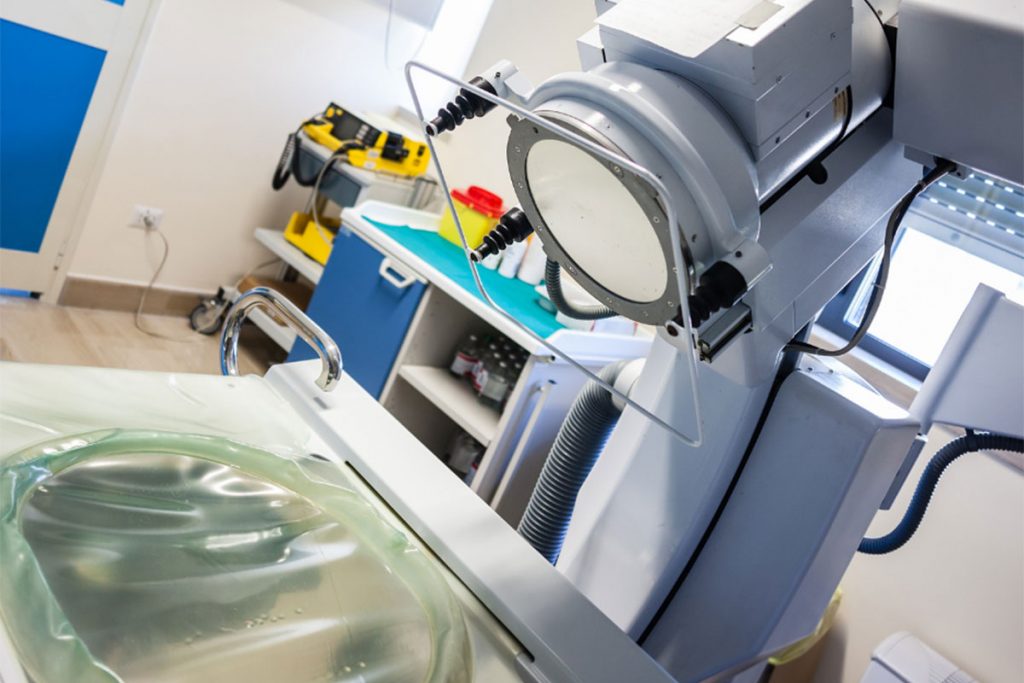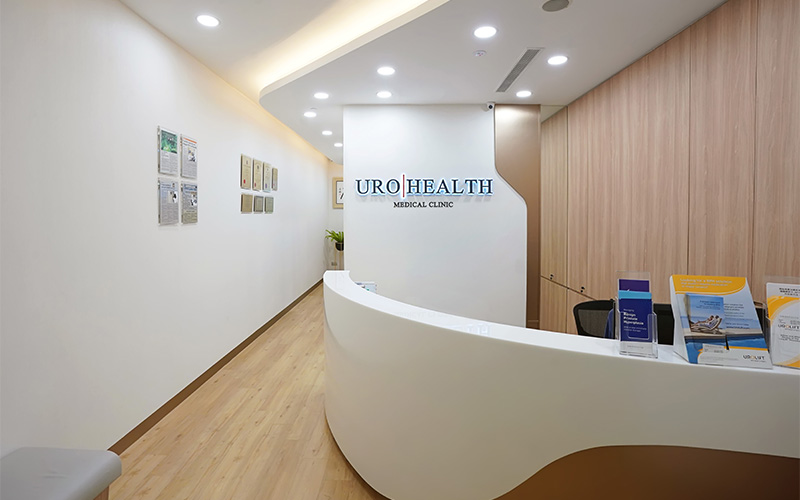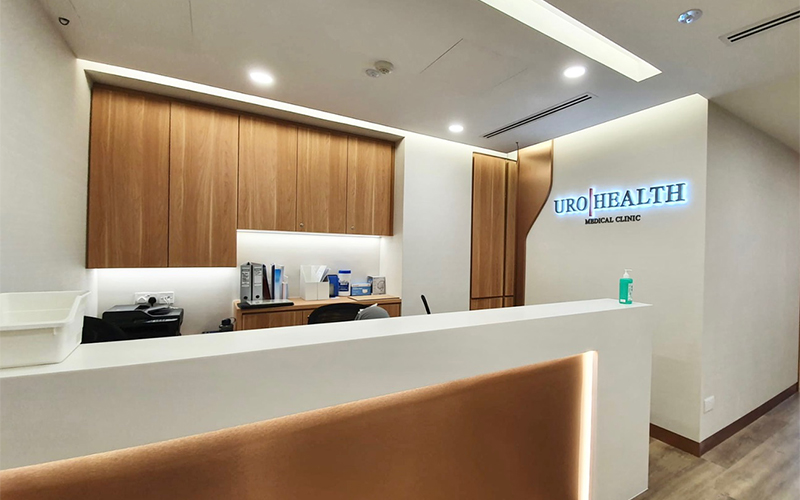Mr C was referred by his general practitioner (GP) for incidental finding of an 8mm kidney stone on ultrasound. Due to the possibility of the stone causing an obstruction and pain in the future, he decided for treatment. We discussed a few options and he opted for a shockwave treatment of the kidney stone.
Extracorporeal shock wave lithotripsy (ESWL) is a noninvasive day procedure that utilizes shock waves to break kidney stones into tiny fragments that can enter the urinary tract easily allowing them to be passed from the body. This noninvasive procedure does not require surgery. The procedure takes about 45 minutes to an hour. After the procedure, the patient passes out the stone fragments during urination.
Who is suitable to undergo ESWL?
Patients with small kidney stones of less than 1cm and easily spotted on x-ray. If the stone is further down the ureter, it may be advisable to approach the stone ureteroscopically.
How does the procedure look like?
In our practice, the patient is sedated and lies comfortably on a water-filled cushion. X-rays or ultrasound is used to accurately locate the stone. High-energy sound waves are then passed through the body which then shatters the stone into tiny pieces. No pain is felt during the procedure. During urination, these tiny pieces are passed out of the body.
What to expect after the treatment?
There may be mild flank soreness after the procedure. Blood in urine is a common side effect. This side effect can last a few days. The stone fragments can take a few days or weeks to be passed out. During this period, we encourage our patients to drink plenty of water.
In Mr C’s case, three weeks after the shockwave treatment, x-ray showed successful treatment with no significant fragments remaining behind.














